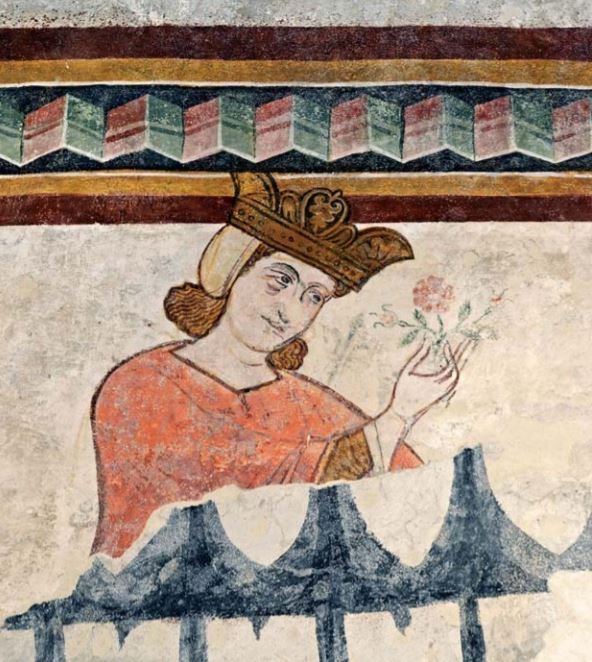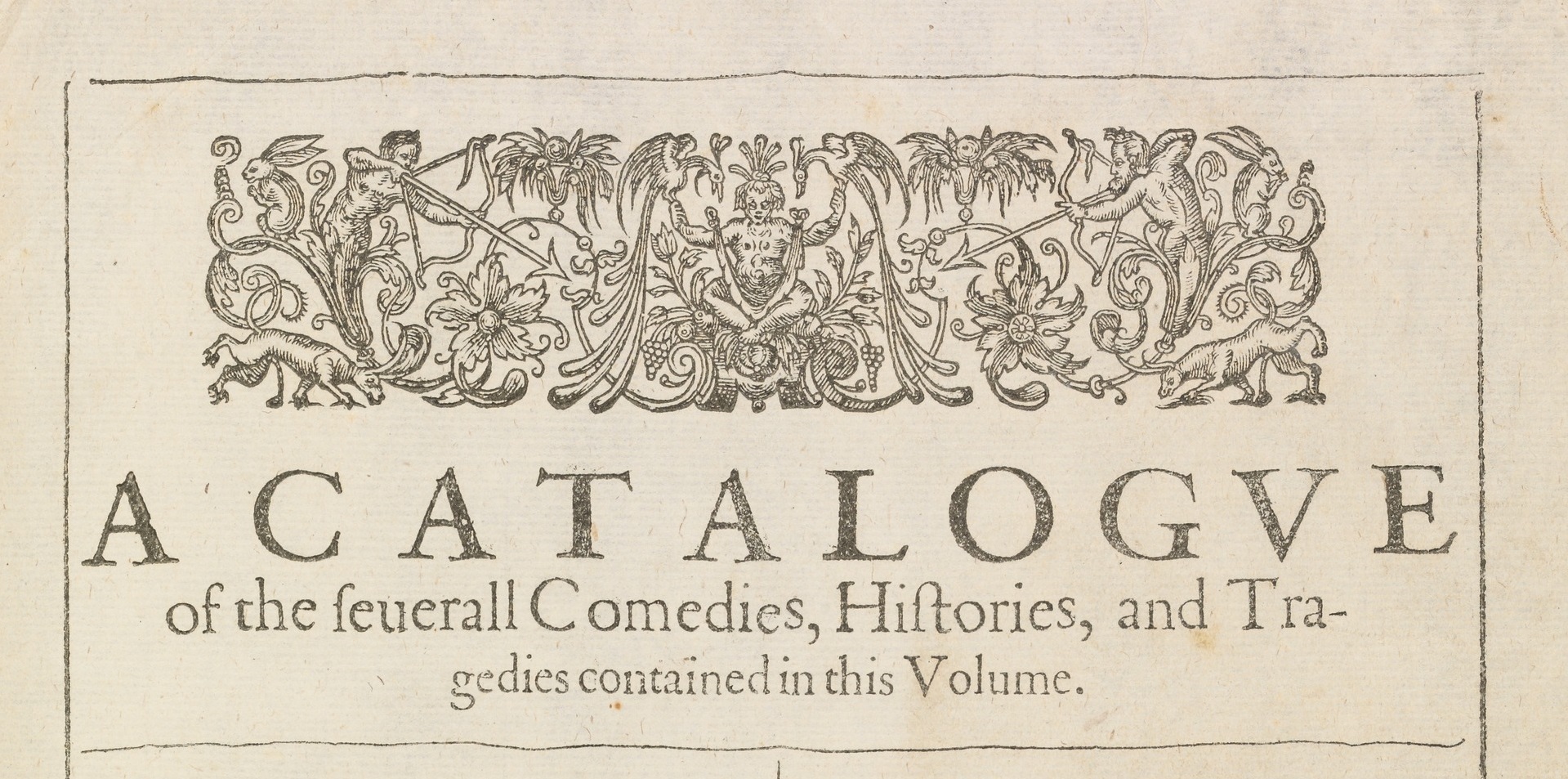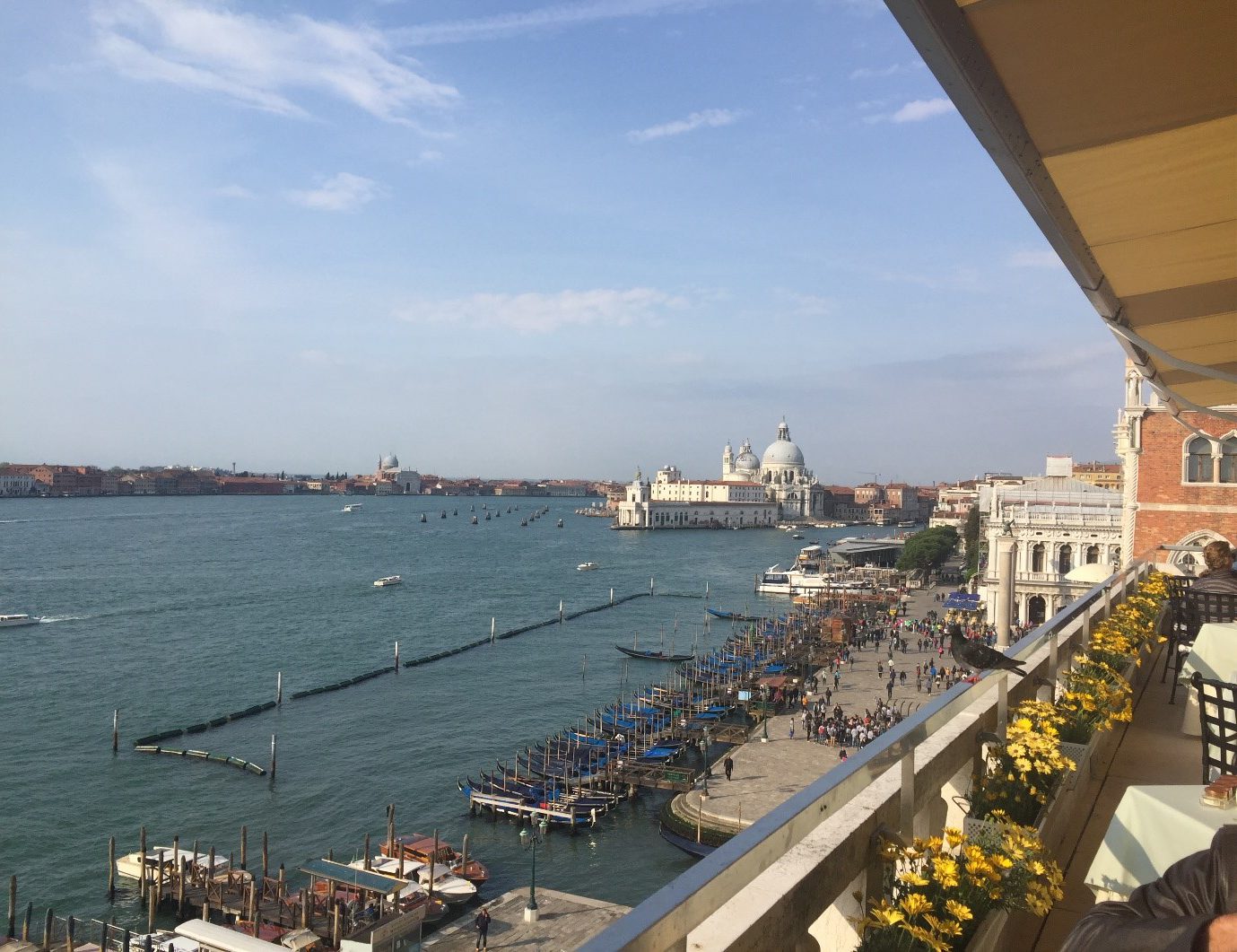I have seen so many books in recent years citing Emilia Bassano-Lanier as “Aemilia” and “Amelia”, instead of “Emilia”. But, why so many different versions? I suggest, it is because scholars did not take sufficient time to establish the correct spelling. Yet, it is so easy!
The name “Emillia Baptist” is recorded in her Christening record at the parish church of St. Botolph’s at Bishopsgate on 27 January 1569, after her father’s first name, which was common practice in the 16th century. An excerpt of the actual register is as follows:
In her marriage record, Emilia’s name is recorded as “Emilia Bassano” on 18 October 1592 in the parish church of St. Botolph’s at Aldgate. An excerpt of the actual marriage register is as follows:
That should have given scholars a clue as to the correct spelling of her name! Yet, so many scholars, theatre directors, authors, and even encyclopedias misquote her name as “Amelia” and “Aemilia”. Emilia’s own 1611 book of poetry, Salve Deus Rex Iudæorum, records her name in Middle English as “Æmilia Lanyer”. This is why all the confusion – so many scholars simply do not understand the Middle English language! “Æ” in Middle English is “E” in Modern English, not “A”. “Emilia” is the correct spelling of her name in Modern English.
The name “Emilia” is taken from the ancient Etruscan language called ‘Emilian’ (ISO 639-3 language code), also known as ‘Old Mantuan’ cited in Act 4, Scene 2 of Love’s Labour’s Lost. Emilian was in fact an ancient dialect of northern Italy, and included cities south and west of Venice, such as Mantua, Ferrara, Ravenna and Reggio Emilia, where many of the Bassano family lived.
Please cite her name correctly in future as “Emilia”.





